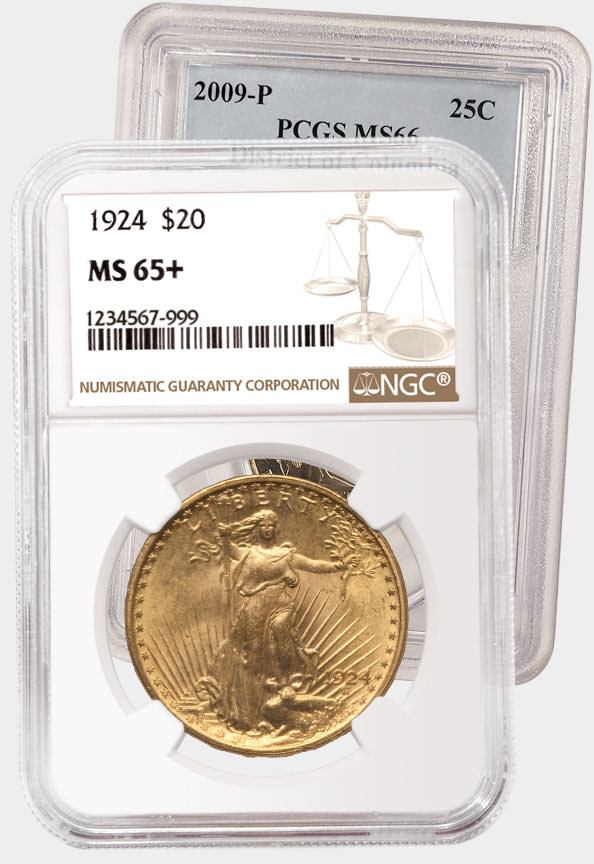Chinese Coins: The Songs of Summer
Posted on 6/12/2018
By
Peter Anthony
Spring has already slipped into summer for most of China. A friend in Guangzhou writes, “You would melt here.” Even farther north in Beijing, temperatures scrape 38°C (100°F).
From my hotel window, I watch cars and pedestrians flow along the street below. Many women carry umbrellas to shield themselves from the sun. The question for today is: “Go out in the heat, or stay cool and work in the room?” By late afternoon, a breeze and cooler air make the outdoors irresistible.
I stroll past bustling commuters and out‐of‐school children toward one of the city’s many tree-filled parks. Here, sheltered by the shade, Beijingers play badminton, Jianzi – a game of kicking a shuttlecock – practice dancing and Tai Chi, and enjoy the fresh air and blue sky. Red‐blossomed pomegranate trees surround the park’s central pavilion. I stop to watch a mother encourage her toddler son to walk.
The parks are filled not only with people and trees, but with songs. Singing can be a solo or group activity, and it is not always people who do the singing, either. Birds and other creatures contribute their own songs to the summer night. In Chinese tradition, insects, especially those that can “sing” like grasshoppers, crickets and cicadas, are honored. It has been said that “summer isn’t summer without the sound of crickets singing.”
A couple of months ago, the Shenyang Mint released a series of five medals by artist Han Xiao Sheng that celebrates the wee beasties. It’s called “The Garden of Life.” The designs of all five medals are eye‐catching. One features a grasshopper. Others include cicadas, a Chinese Mantis and a spider. Spiders (which, by the way, are arachnids, not insects) are considered good omens in China.
.jpg) |
| Three medals from the “Garden of Life” series designed by Mr. Han Xiao Sheng. In the background is the International Artist’s Village in Shenzhen, China. |
Han Xiao Sheng is a versatile artist with a reputation for seriousness and a distinctive style. There is an impish side to his personality, too, that can pop up in his work. He is particularly known for his designs on nature themes.
The top floor of the Shenyang Mint building that houses die production is the domain of the artists. The central area is taken up by art displays. Close to the entryway, a large, roughly shaped, but highly‐polished wooden conference table is surrounded on two sides by a library. The books are mostly on Chinese art. All the artist’s offices and studios converge on this meeting place.
Mr. Han’s studio is toward the far end of the hall. It is a true artist’s workshop. The room extends in a straight line from the door until it reaches his work desk and the window. The right wall is plastered with pinned‐up drawings and sketches. To the left of the entrance are piles of plasters from older coin and medal projects. The rest of the left side is taken up by a bookcase that is filled, not with books, but with clay models and engravings. To pull one out from the shelf is to hold in your hands the origin of a design that may already be very familiar to numismatists. Or, it might be something never before seen by the public. A lovely Panda design sits among the models — as it has for years. I keep asking when it will be produced, but so far there is no plan for it.
For the time being, we can enjoy the 500 “Garden of Life” sets that were struck in antiqued brass. They are 80mm in diameter and weigh approximately 370 grams apiece. They are not the cheapest medals around – the retail price of a set is around $400 USD. Considered as art, though, they are a bargain, something to sing about – and a less expensive 45mm set also exists.
 |
| The Gold and Silver Coins of China Standard Catalog with the Zhu Xihua medal |
There is one other medal that cries out for attention this month, and it is a Panda product. Probably the most popular coin released for the 2017 35th Anniversary of the Panda coin series was the bimetallic gold and silver coin. It was designed by Zhu Xihua and struck at the Shenzhen Guobao Mint. The story goes that Mr. Zhu originally submitted two designs to China Gold Coin Inc. He expected them to choose his favored design, but instead they selected the other. Mr. Zhu’s second idea was left sitting out in the cold.
Now collectors can see and acquire this second design in a new Shanghai Mint medal. It is made of copper and silver plate and was released with the first edition of a new book: The Gold and Silver Coins of China Standard Catalogue. This is by far the most complete reference book for coins of the People’s Republic of China. It deserves a space on the bookshelf of every collector of modern Chinese coins. For now, it is available together with the Zhu Xihua medal in a boxed set.
Peter Anthony is an expert on Chinese modern coins with a particular focus on Panda coins. He is an analyst for the NGC Chinese Modern Coin Price Guide as well as a consultant on Chinese modern coins.
Stay Informed
Want news like this delivered to your inbox once a month? Subscribe to the free NGC eNewsletter today!
